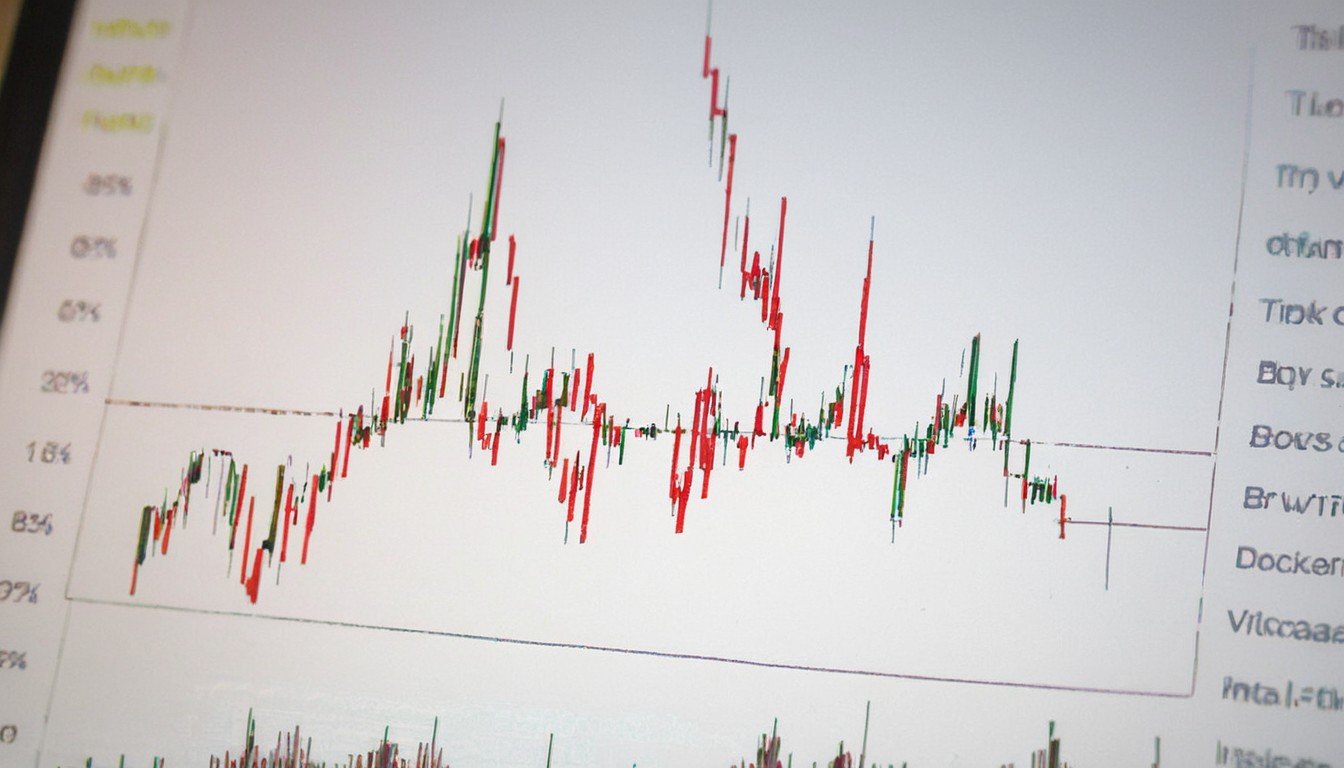In the realm of financial markets, where every cent and fraction of a cent matters, trading tick emerges as a fundamental component influencing price movements and trading decisions. Despite its understated nature, the tick size wields considerable influence, shaping market liquidity, trading behaviors, and regulatory frameworks.
Deciphering Tick Size: At its core, tick size denotes the minimum price movement by which the value of a financial instrument can fluctuate. Whether it’s stocks or futures contracts, tick size delineates the granularity of price changes permissible in the market. For instance, in stock markets, a tick size of $0.01 signifies that prices can move in increments of one cent.
Significance in Trading: Understanding the nuances of tick size is indispensable for traders striving to gain an edge in the market. The magnitude of tick size directly impacts trading strategies, bid-ask spreads, and overall market liquidity. A smaller tick size fosters finer price adjustments and tighter spreads, whereas larger tick sizes may hinder trading efficiency by widening spreads and impeding price discovery.
Navigating Market Dynamics: The interplay between tick size and market dynamics is profound, influencing the behavior of market participants and the efficacy of price discovery mechanisms. Traders meticulously calibrate their strategies based on tick size, adapting to the level of granularity available for price movements. Market makers, in particular, tweak their quoting strategies to optimize order execution amidst fluctuating tick sizes.
Regulatory Oversight: Tick size often falls under the purview of regulatory oversight, with authorities enacting rules to uphold market integrity and safeguard investor interests. Regulatory interventions, such as mandated tick size increments, aim to foster fairness, transparency, and liquidity in the market. However, striking a balance between regulatory oversight and market efficiency remains paramount to prevent unintended consequences.
Unveiling the Essence of Tick Size: Embarking on a journey through the labyrinth of financial markets, one encounters the enigmatic concept of tick size—a seemingly innocuous term with profound implications. At its essence, tick size represents more than just a numerical value; it embodies the heartbeat of market activity, delineating the smallest unit by which prices fluctuate. Picture it as the rhythm guiding the pulse of trading, dictating the ebb and flow of market dynamics.
Tick Size in Action: To grasp the significance of tick size, let’s delve into its practical implications across different financial instruments. In the realm of stocks, where every penny counts, a tick size of $0.01 signifies the smallest price movement permissible. This granular level of precision allows traders to fine-tune their strategies, seizing opportunities with surgical precision. Meanwhile, in futures markets, tick size dictates the minimum price increment of a contract, shaping trading strategies and influencing risk management decisions.
The Dance of Market Dynamics: Tick size isn’t just a static parameter; it’s a dynamic force shaping the intricate dance of market dynamics. Traders, akin to skilled choreographers, adjust their moves in response to changes in tick size, optimizing their strategies to navigate shifting market conditions. Market makers, acting as orchestrators of liquidity, fine-tune their quoting strategies to ensure seamless order execution within the confines of tick size constraints.
Navigating Regulatory Currents: Amidst the hustle and bustle of trading activity, regulatory authorities serve as custodians, safeguarding market integrity and investor confidence. Regulatory oversight of tick size aims to strike a delicate balance, fostering fair and efficient markets while mitigating systemic risks. However, regulatory interventions must tread cautiously, lest they inadvertently disrupt market liquidity or impede price discovery mechanisms.
The Heartbeat of the Market: Tick size, often depicted in numerical terms, resonates far beyond its quantitative representation. It embodies the pulse of market activity, reflecting the collective actions of traders, investors, and market makers. Imagine it as the rhythmic cadence guiding the flow of capital through the veins of financial markets, pulsating with each buy and sell order.
A Symphony of Price Movements: At its core, tick size governs the symphony of price movements, dictating the smallest incremental change in asset values. In the realm of equities, a tick size of $0.01 may seem inconsequential to some, but to seasoned traders, it represents an opportunity for precision and refinement in trading strategies. Every tick, every movement, carries with it the potential for profit or loss, amplifying the importance of understanding and harnessing tick size dynamics.
Dancing with Market Dynamics: Tick size isn’t just a static parameter; it’s a dynamic force shaping the rhythm and tempo of market dynamics. Traders, akin to skilled dancers, must adapt their steps in harmony with changes in tick size, navigating the ebbs and flows of market sentiment and liquidity. Market makers, like expert choreographers, adjust their quoting strategies to maintain balance and fluidity in order execution, ensuring that the market dance continues unabated.
Regulatory Harmonies: In the grand orchestration of financial markets, regulatory bodies play a pivotal role in preserving harmony and order. Regulatory oversight of tick size seeks to strike a delicate balance, harmonizing market efficiency with investor protection. Yet, regulatory interventions must be conducted with a nuanced understanding of market dynamics, lest they disrupt the delicate equilibrium of supply and demand.
In the Melody of Finance: As we reflect on the symphony of tick size, let us not lose sight of its human essence. Beyond the numbers and algorithms lies a rich tapestry of human emotions, motivations, and aspirations. Understanding tick size isn’t just about crunching numbers; it’s about empathizing with the heartbeat of the market and dancing to its rhythm with grace and agility. In this ever-evolving melody of finance, let us embrace the human element, for it is the soulful cadence of our collective endeavors in the pursuit of prosperity and enlightenment.
